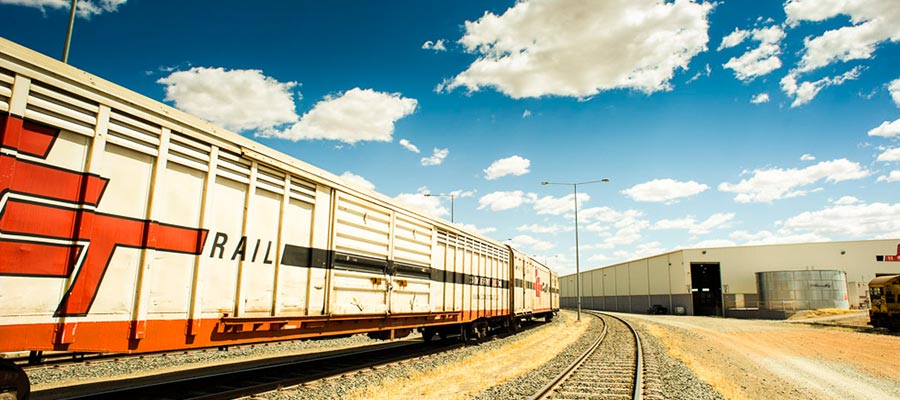Spanning 18,000 Km from the east coast to the west coast, Australia is the fifth largest country in the world. Incidentally, the bulk of the population is settled in major cities along the coastline. The vast distances between major cities in Australia led to the development of the country’s robust inland freight networks.
Australia plays a key role in the global economy and is the 20th largest exporter in the world. In 2017, the country made a positive trade balance of $44 B after exporting $243 B and importing $199 B worth of products. The country relies on its road and rail networks to mobilize all these products across the country efficiently.
Significance of the Melbourne to Brisbane Inland Rail
In a bold inland rail project to link Melbourne and Brisbane, Australia has invested about $10 Billion. The project will cover 1,700 kilometers to connect more than 20 major towns across three states, namely Victoria, New South Wales, and Queensland.
The inland rail will streamline several bottlenecks and time constraints that have hampered freight transport between Melbourne and Brisbane. The project is also expected to create more than 10,000 jobs and boost Australia’s GDP by more than $16 Billion in 50 years.
Australia’s Road Vs Rail Debate
The development of the inland rail has fuelled the road vs rail debate in the freight industry. The debate questions on the efficiency and costs of using trains over trucks. Additionally, there is a concern on whether the new inland rail will put the heavy-duty truckers out of business.
However, there is a lot of room in the country for both systems to coexist. With a few relevant adjustments, the road and rail systems can be integrated and complement each other. In effect, the new rail system in effect may enhance the trucking industry rather than retard it.
Advantages of Rail and Road Freight Systems
Both road and rail freight systems have niches where they can outdo each other. The following list highlights a few areas where it is advantageous to use road over rail transport and vice versa.
Advantages of Road Transport
1. Efficient over short distances:
Road transport offers several flexibility advantages that trains cannot match. Trains operate on a fixed rail line that cannot handle door to door deliveries.
2. Fast Scheduled Delivery:
Trucks can deliver goods according to your schedule. This can save you from unnecessary storage costs. With rail transport, you have to adjust your programs to fit the train’s schedule.
Advantages of Rail Transport
1. Cost-effective over long distances
Using trains beats trucks over long distances. Trains carry more cargo and are up to 4 times more fuel-efficient than trucks. Also, the wear on your aftermarket parts for European trucks can be expensive over long distances.
2. Eco-Friendly:
Trains are more environmentally friendly than trucks as they emit up to 75% fewer greenhouse gases. Also, trucks consume close to 9 times more energy per tonne-kilometer than trains.
There are several ways in which the trucking industry can adapt to benefit from the development of Australia’s new inland rail system. For example, there will be immense opportunities to move cargo from to and from the train stations. Truck operators can extend the life of their vehicles and duration between services by plying shorter routes.
Read Also:






















